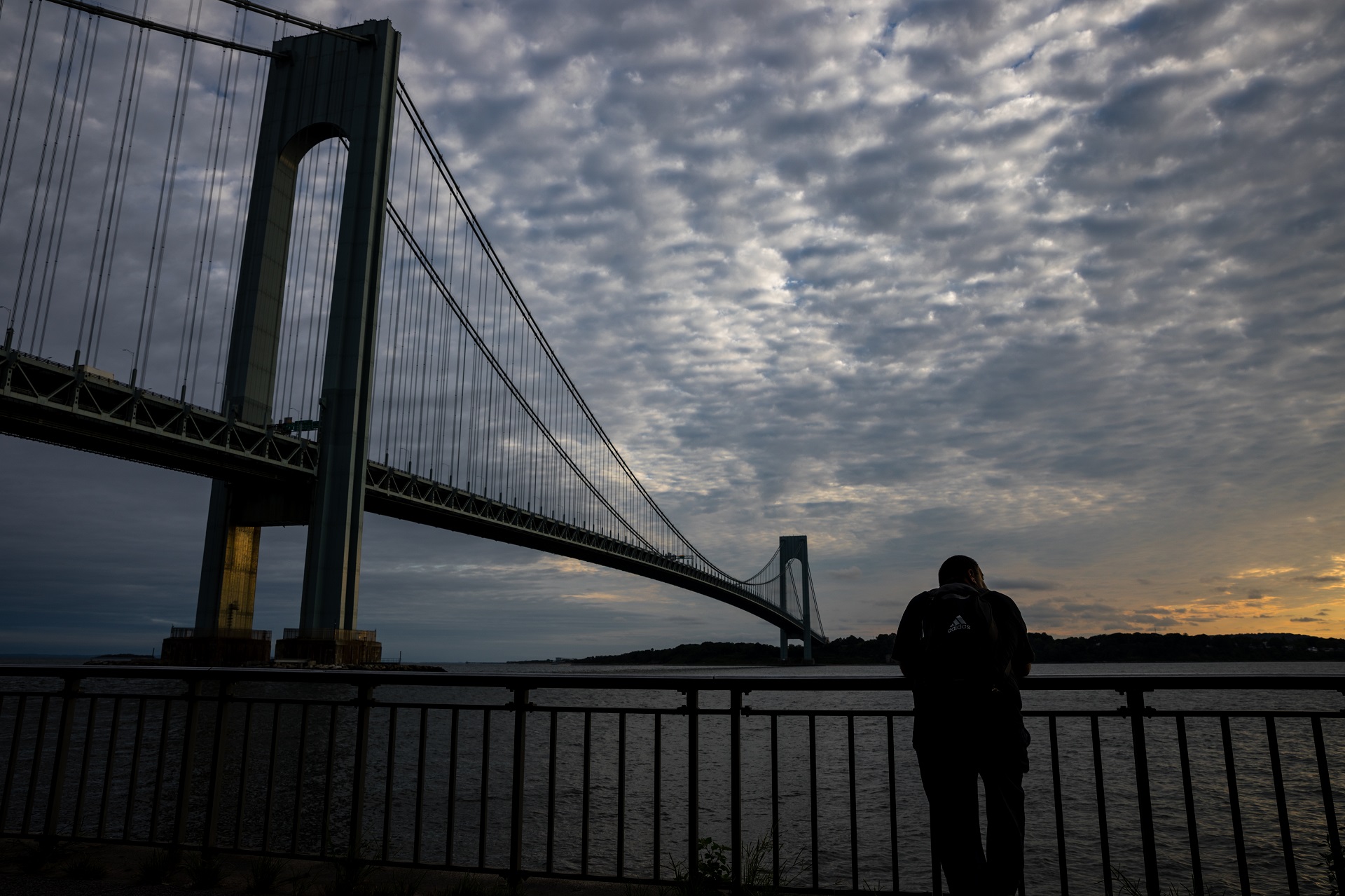Say It Ain’t So: Only 12 percent of NYC population decide election outcomes?
Poor turnout in recent elections fosters search for answers

The numbers are trending downward in terms of voter turnout in New York City. Far fewer people showed up at the polls in 2017 than they did four years earlier. Eagle file photo by Mary Frost
In a city of 8.5 million people, somehow only 12 percent of the population decides who serves us in elected office. That would be the conclusion of figures recently released by the Board of Elections.
New York City’s abysmal voter turnout in elections in recent years is generating efforts by lawmakers, political activists and good government groups to find ways to entice voters to come to the polls.
It could be an uphill battle. The numbers aren’t promising.
